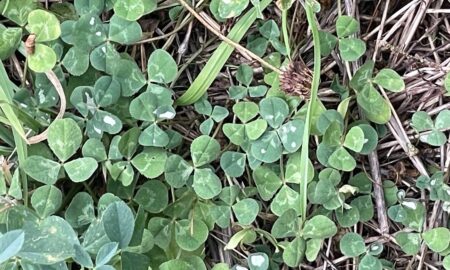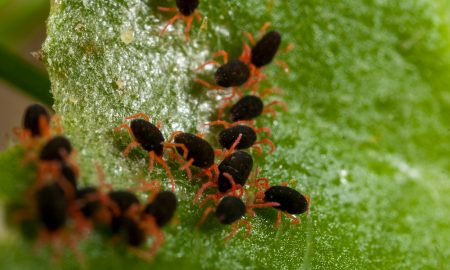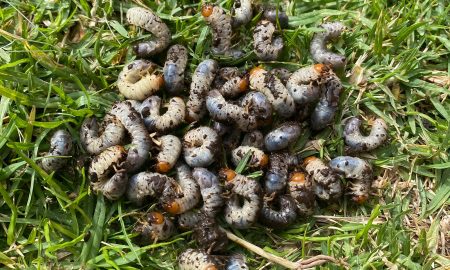If you’ve already monitored or treated your pulse crops for Etiella moth, it might feel like the job’s done. But this pest may continue to be found – even if previously sprayed.
Don’t get caught off guard; continue to monitor crops while they are still green.
Here we explore why.
A multigenerational pest
During September/October, Etiella (Etiella behrii) moth adults emerge from their pupal stage after overwintering from the previous autumn. Female moths will then lay their eggs on developing pods, stems and flowers in susceptible legume crops, particularly lentils.
Within 24 hours of hatching, the immature larvae will burrow into the pods, where they will feed on and damage the developing grain.
Since larvae won’t emerge from the pods until they are ready to pupate in the soil, targeting adult moths before they lay eggs is your best defence, using tools such as the SARDI degree-day model and monitoring with a sweep net to monitor for flights.
Continual monitoring is important
Typically, in most south-eastern broadacre cropping seasons, by the time the second (and third) generation of moth starts to lay eggs, susceptible winter pulse crops are dried or harvested, and are no longer at risk.
However, whilst crops remain green, monitoring is still necessary, even after an initial insecticide spray in spring.
The first spring generation of Etiella poses the greatest risk to winter pulses, but the later generations can threaten crops that have not yet been desiccated.
Here are some possible reasons why moths may continue to be found in green crops:
Impacts of a mild winter and spring
Warmer than average temperatures during winter and spring can speed up moth development, and flights may occur earlier than usual.
For example, after a mild August this season, peak moth flights were predicted on September 7th in Ouyen, in the Victorian Mallee. This was 11 days earlier than in 2023.
And despite lower-than-average minimum temperatures in September for much of the Mallee, mean temperature deciles were still above average in areas. This could have resulted in faster than usual generation times, in which case, a second generation could emerge before crops have desiccated.
Late finishes to a season
While not particularly relevant this year, in seasons when crops remain green for longer than usual, the second generation of Etiella may overlap with maturing crops that are still at risk.
Moth flights may be staggered
The SARDI Etiella degree day model predicts the peak of flight activity, however moth flights may still be occurring before or after these predicted dates.
Possible vagrancy
It is unknown whether Etiella moths emerge locally or if they migrate into crops from distant areas. Research has shown that the moth has been detected in Tasmania but has never established there, supporting the idea that they are migratory. This could mean moth populations continue to arrive from distant areas.
So don’t put your sweep net away just yet. Current best practice is to keep monitoring seven days after a spray, at weekly intervals, until desiccation.
Cover image: Photo by SARDI





